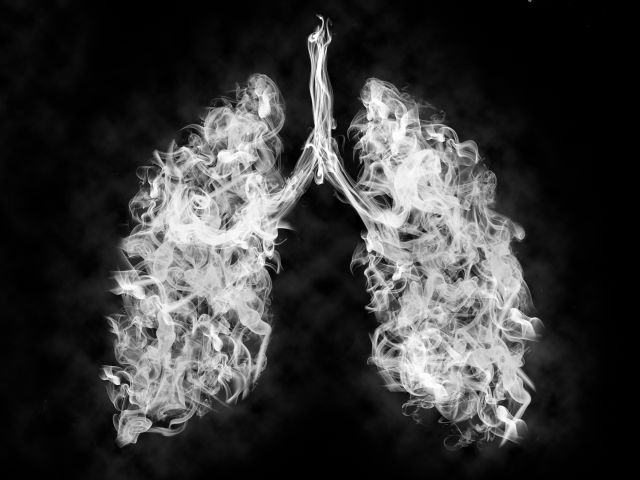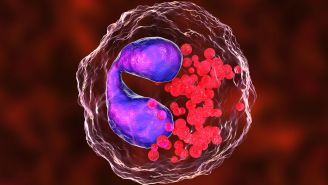You likely already know that smoking is bad for your health, especially for those who have been diagnosed with asthma. Even if you don’t smoke, your health may still be at risk if you are around people who do light up. Secondhand smoke can exacerbate your asthma symptoms and make it harder to manage your condition.
How smoke impacts your health
Tobacco smoke contains more than 7,000 chemicals. Whether inhaled directly from a cigarette or in the form of secondhand smoke, it can irritate your airways, causing them to constrict. This smoke can also make its way into your lungs.
Those with asthma shouldn’t just worry about cigarettes. Smoke from cigars, pipes and even electronic cigarettes can cause flare ups.
Thirdhand smoke that can also worsen your asthma. This occurs when the residue from tobacco smokes settles on surfaces and fabrics. The residue and chemicals can stick around for months. These can be breathed into the lungs or absorbed through skin, triggering asthma issues.
Don’t forget other smoke sources
A wood burning fireplace may feel cozy during the winter, but people with asthma should use caution before getting too close. Smoke from wood fires, whether indoor or outdoor, contain fine particles that can be easily breathed into the lungs. This can cause an asthma attack, especially if a fire is lit inside a room that is not well ventilated. As festive as a fireplace may feel, move to another area of the house or hold off on lighting one entirely.
Ways to decrease your exposure to secondhand smoke
You can avoid an asthma flare up by doing the following:
- Encourage any smokers in your life to quit.
- Do not allow anyone to smoke in your home or car.
- Even if smokers light up outside, walk away to avoid inhalation.
- Avoid restaurants and hotels that have smoking sections or rooms.
- If someone does light a wood-burning fire place, make sure the room is well ventilated. Use wood that has been dried for at least 6 months and don’t burn anything other than wood and newspaper.
- If possible, opt for a gas fireplace in your home, making sure it is well-vented to the outdoors.
Get help for an asthma attack
Signs of an asthma attack include shortness of breath, coughing, wheezing and tightness in your chest. Follow your asthma action plan if you feel these symptoms coming on.
Call 911 immediately if you have trouble walking or breathing due to shortness of breath, your lips or fingernails are blue and/or your fast-acting inhaler or action plan is not working.
Medically reviewed in October 2020.






